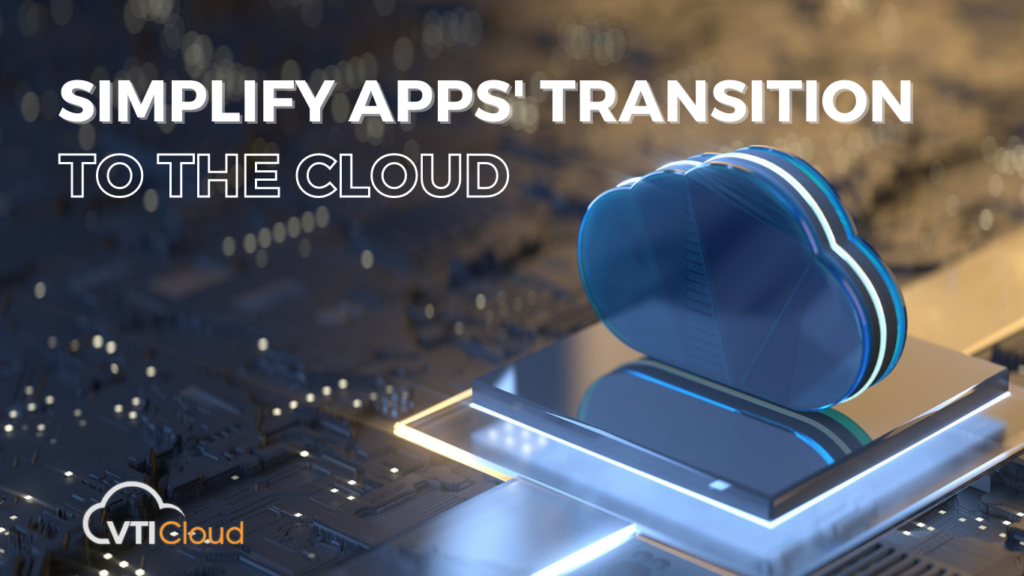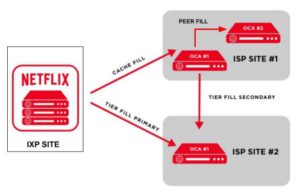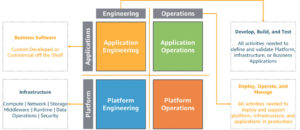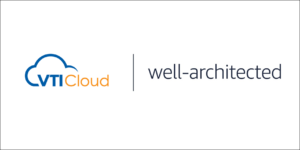*ADC – Application Delivery Controller
Organizations continue their apps’ transition to the cloud at an increasingly rapid pace. According to Radware’s recent C-suite Perspectives Report, 76% of survey respondents have accelerated their plans for migrating applications and infrastructure to the cloud. Read more here.
Businesses are not only executing their apps’ transition to the cloud, but are also adopting a multi cloud strategy. According to the survey results of Flexera, 93% of organizations have adopted a hybrid cloud strategy (using additional cloud services for existing on-premises physical infrastructure).
But with benefits comes huge challenges. The use of heterogeneous cloud environments leads to lack of continuity in management, security, and reporting, especially when each cloud environments have its tools for management, monitoring, application provisioning, and private security service.
According to research by Enterprise Strategy Group, only 5% of organizations have unified cloud management tools to manage the majority of cloud systems and public cloud environments
What is ADC?
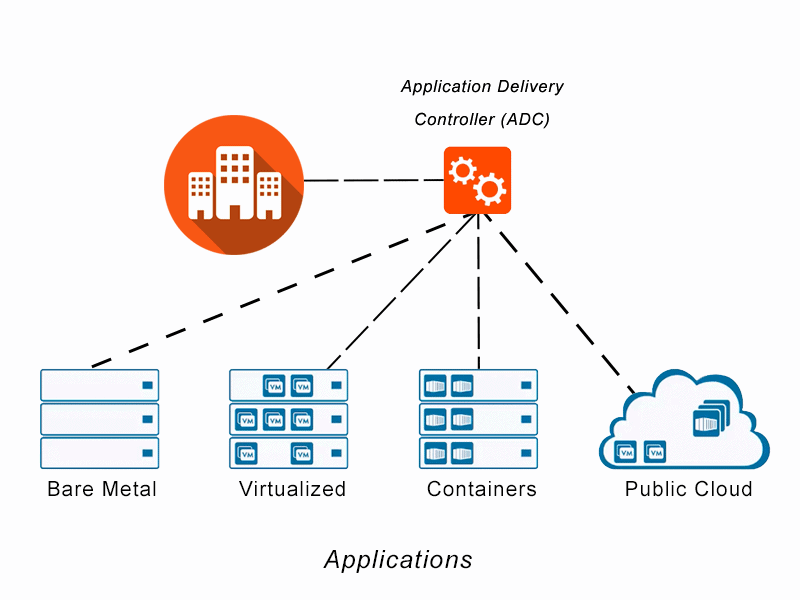
An application delivery controller (ADC) is a computer network device in a datacenter, often part of an application delivery network (ADN), that helps perform common tasks, such as those done by web accelerators to remove load from the web servers themselves. Many also provide load balancing. ADCs are often placed in the DMZ, between the outer firewall or router and a web farm.
A common misconception is that an Application Delivery Controller (ADC) is an advanced load-balancer. This is not an adequate description. An ADC is a network device that helps applications to direct user traffic in order to remove the excess load from two or more servers. In fact, an ADC includes many OSI layer 3-7 services which happen to include load-balancing. Other features commonly found in most ADCs include IP Traffic Optimization, Traffic Chaining/Steering, SSL offload, Web Application Firewall, CGNAT, DNS System, and proxy/reverse proxy to name a few. They also tend to offer more advanced features such as content redirection as well as server health monitoring. In the context of Telco Infrastructure, ADC could provide services for Gi-LAN area.
Challenges
The apps’ transition to the cloud leads to the following set of challenges:
Licensing
Budgeting and licensing can become a nightmare when a business is planning without predicting costs, as scaling the application using a measurement model can lead to a spike in operating costs.
Pay-as-you-go (PAYG) models are also not the answer as they can facilitate self-deployment by different departments, which impacts secure and control the overall costs of the entire organization during the apps’ transition to the cloud.
Vendor lock-in
This can happen during the apps’ transition to the cloud because one cloud provider may offer capabilities/services that another does not. In addition, the lack of standardization across the cloud can lead to incremental services, such as engineering and consulting.
Self-service provisioning
This becomes difficult on multi-cloud environments. Resource provisioning of the apps’ transition to the cloud often requires a high level of expertise, thus limiting the ability of end users to self-deploy. It makes end-to-end automation very complicated.
Visibility
Applications spanning on-premises and cloud infrastructure limit the ability to use a single dashboard to monitor, manage, and identify root cause analysis.
Application protection
Apps’ transition to the cloud makes cybersecurity more complicated. Cloud providers do not provide comprehensive security controls, nor are they consistent across providers. Finally, the attack surface increases as an application moves away from the confines of an organization’s on-premises data center.
Solutions
The five critical capabilities required for an Application Delivery Controller (ADC) during the apps’ transition to the cloud are:
Scalability & Availability
The ability to automate scaling is crucial for companies looking to automate backend operations. This means adding and removing services on demand without manual intervention to provision and reclaim space when no longer in use. This saves considerable time and costs.
Comprehensive application protection
As hackers probe application and network vulnerabilities to launch DDoS attacks and gain access to sensitive data, it becomes important to protect the application to protect the business and its brand during the apps’ transition to the cloud.
Analytics & Visibility
As applications are deployed on private and public clouds, monitoring performance, user experience, identifying SLA (Service-level agreement) violations, managing application security, and diagnosing causes roots are very important.
A single dashboard that provides visibility and analysis of all these factors is essential to ensuring an organization’s applications deliver the best digital experience.
Automation
Using services provided by 3rd party partners (Cross-domain services) forces businesses to expand their networks, applications and security, requires cooperation between teams, causing conflicts and delays testing and service delivery is highly probable.
Automating the deployment of services on the fly, or scaling application resources dynamically during apps’ transition to the cloud, becomes important in a public cloud environment because pricing is structured around usage/consumption resources.
Any component in this supply chain requires automation to transform manually controlled processes into automated steps.
Cost predictability
Cloud environments have the same flexibility as the licensing model that a business subscribes to. The ability to control costs when distributing application delivery & protection services across heterogeneous environments as needed is paramount. This stems from the fact that many organizations deploying in public cloud environments often experience unexpected costs as services scale with increased usage.
Currently, with tight planning, it is possible for enterprises to do the migration of their applications to the cloud on their own. However, most businesses find that working with a partner with deep expertise in public, private, and hybrid cloud options provides the fastest and most guaranteed path to success.
About VTI Cloud
VTI Cloud is an Advanced Consulting Partner of AWS Vietnam with a team of over 50+ AWS certified solution engineers. With the desire to support customers in the journey of digital transformation and migration to the AWS cloud, VTI Cloud is proud to be a pioneer in consulting solutions, developing software, and deploying AWS infrastructure to customers in Vietnam and Japan.
Building safe, high-performance, flexible, and cost-effective architectures for customers is VTI Cloud’s leading mission in enterprise technology mission.
